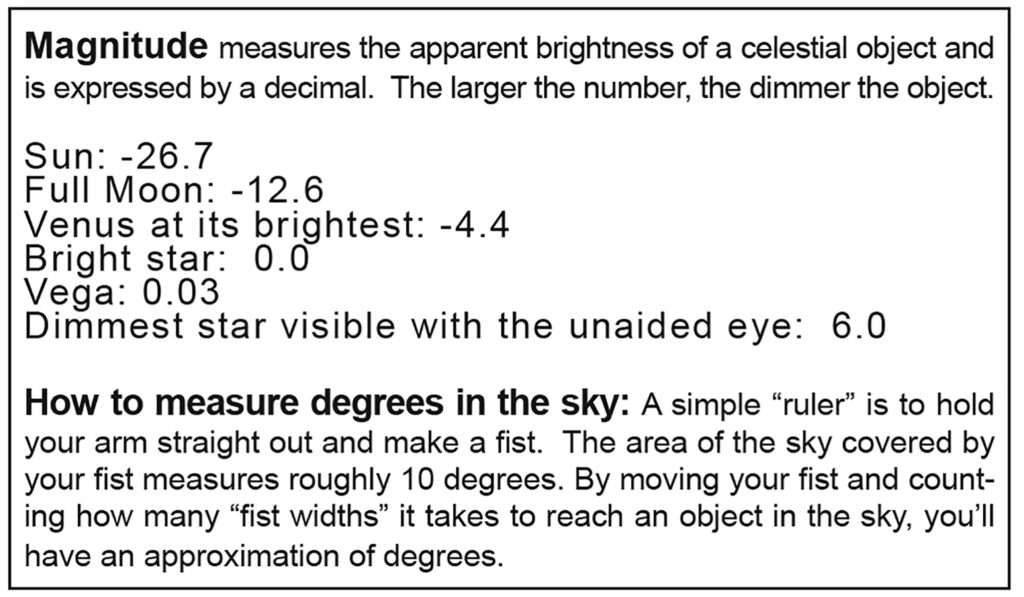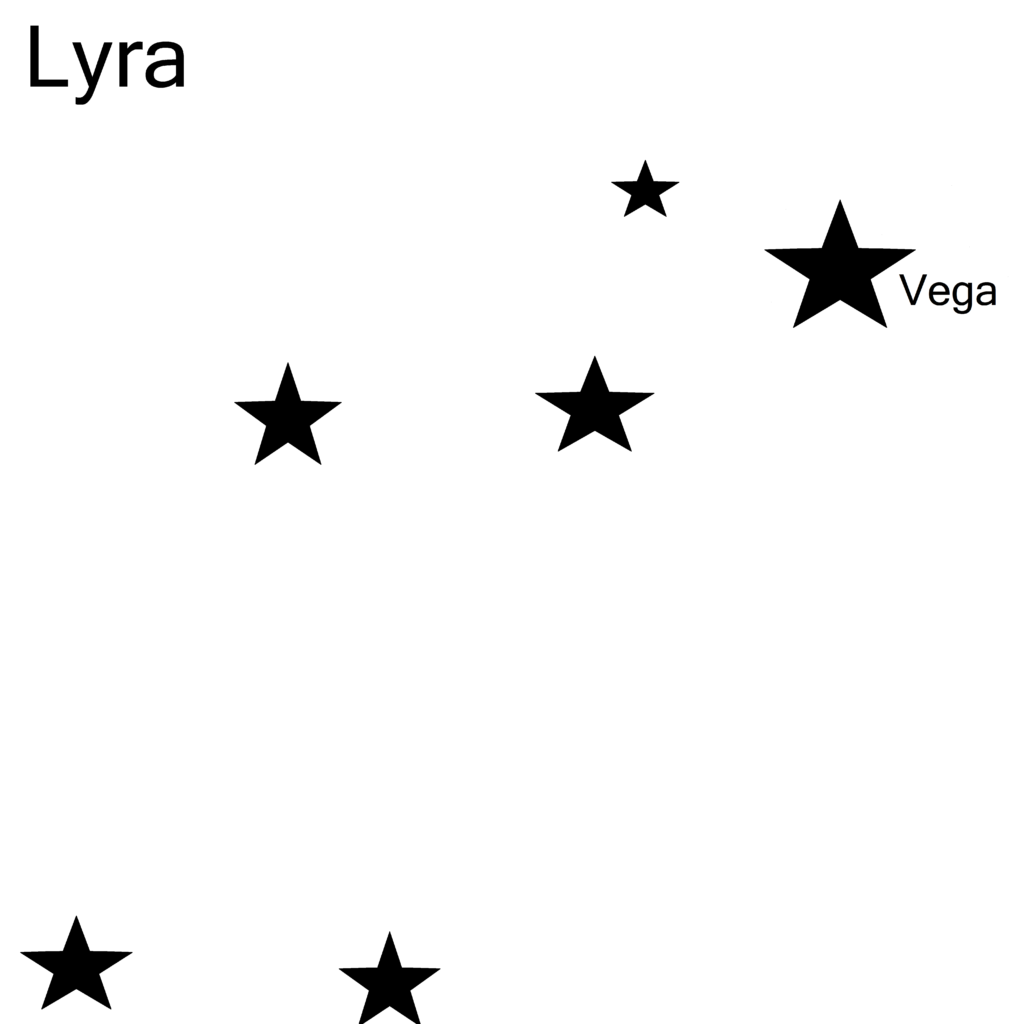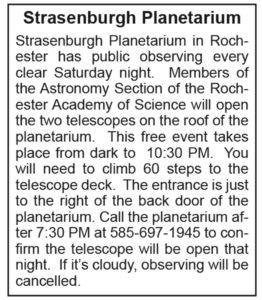The Night Sky: April offers special rewards for night sky watchers
by Dee Sharples –
Four naked-eye planets will be on display in April. In the evening Venus will appear in the western sky as it becomes dark. It will shine brightly at magnitude -3.9. A crescent moon will join Venus on April 17, only 5 degrees to its left. That evening as the sky gets darker, look directly above Venus to spot the Pleiades, a beautiful open star cluster. To the naked eye, the Pleiades, also known as the Seven Sisters, will look like a fuzzy cloud-like feature until you turn a pair of binoculars towards it. Then its true beauty is revealed in the form of several bright stars in the shape of a small dipper surrounded by many fainter stars and nebulosity. In Greek mythology the brightest stars in this cluster represent seven sisters and their parents Atlas and Pleione.
The giant planet Jupiter rises in the southeast around midnight shining like a very bright star at magnitude -2.4. It will rise slightly earlier each night and by month’s end will be visible in the early evening at twilight.
At the beginning of April, the gas giant planet Saturn with its impressive ring system and the much smaller rocky plan

et Mars rise together in the southeast at 2:30 am. Mars will appear slightly brighter than Saturn and have a reddish hue. On April 2 the two planets were in conjunction which means they seemed to be very close together in the sky. Only 1.4 degrees separated them. To measure one degree, point your index finger at arm’s length toward the sky – the sky blocked by your finger is approximately the amount of space that separated these two planets. Actually Mars and Saturn are on average 744 billion miles from each other.
Mars is closer to us and travels much more quickly around the Sun than Saturn. To observers here on Earth the ringed planet will appear to move only slightly against the backdrop of the stars. However, each night Mars will seem to move eastward at a fairly fast clip. On April 7, the two planets will be almost 3 degrees apart and their separation will continue to grow until the end of the month when it will have increased to 14 degrees.

The Lyrid meteor shower is active from April 14 – 30. During this period of time, you can see sporadic Lyrid meteors streaking across the sky, but before dawn around 4:00 AM at the peak on April 22 there’s the potential for seeing 15-20 meteors per hour. Also with a quarter moon setting just before 2:00 AM that morning, the hours between 2:00 and 5:00 AM will be prime for viewing the shower under a dark sky. The “radiant” or area of the sky where the meteors will appear to originate is near Vega, the brightest star in the constellation Lyra. Look almost straight up and you’ll find Vega shining at magnitude 0.03.
This meteor shower is caused by debris left over from Comet Thatcher, discovered by amateur astronomer A. E. Thatcher from his home in New York on April 5, 1861. It was later identified as a long-period comet which will not return to our solar system until approximately the year 2276.
Warmer weather is on the way. Volunteers from the Astronomy Section of the Rochester Academy of Science (ASRAS) will be operating the telescopes on the roof of Strasenburgh Planetarium, located at the Rochester Museum and Science Center, every clear Saturday night.

Check out the ASRAS website www.rochesterastronomy.org/the-strasenburgh-scope/ or the planetarium website at www.rmsc.org/strasenburghplanetarium/telescope-viewing for more details about this on-going event.
You can call the planetarium box office at 585-697-1945 after 7:30 PM on Saturdays to be sure the telescopes will be open that night.
Also, ASRAS will again be holding public star parties once a month alternating between locations in Mendon Ponds Park and Northampton Park. Information will be posted on the ASRAS website at www.rochesterastronomy.org. Be sure to check the website before heading out to either of these events because if it’s cloudy, it will be canceled. Both of these free events are a great way to learn more about the night sky.